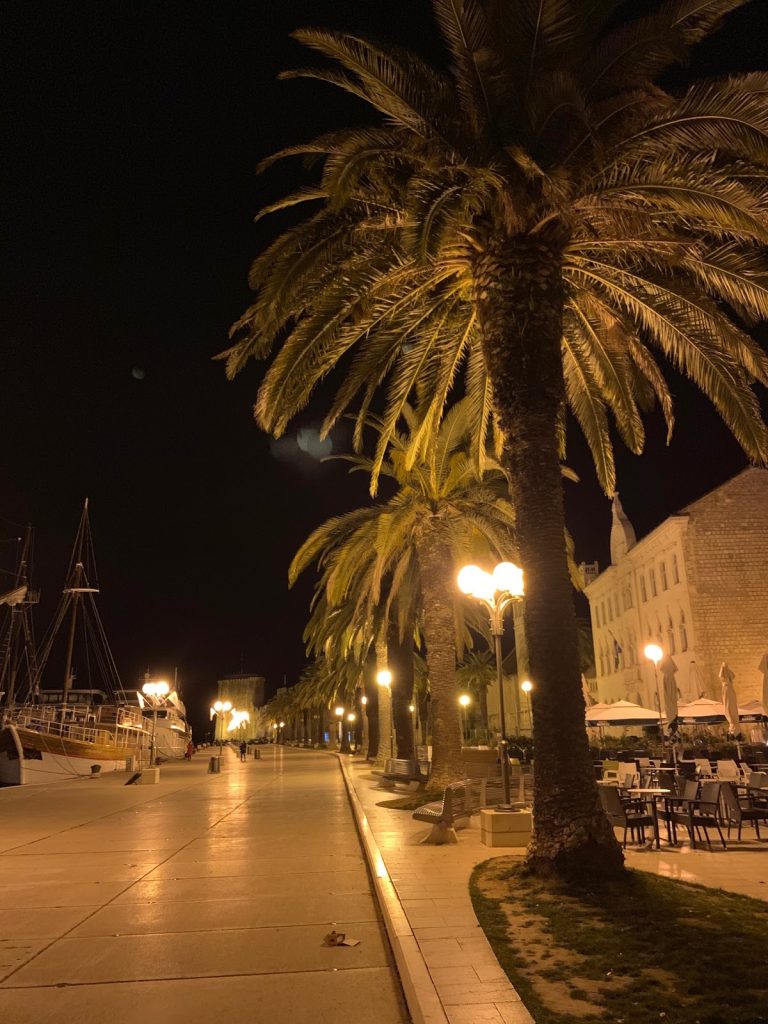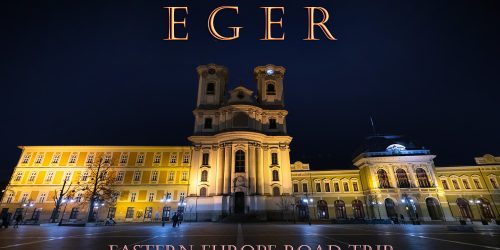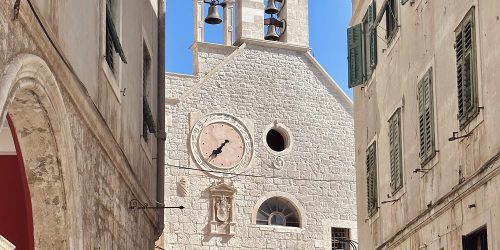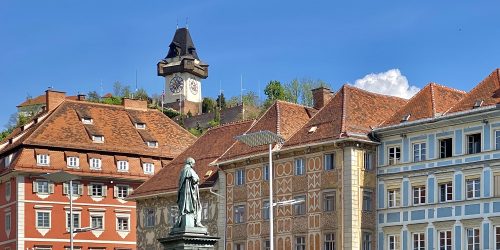Winter Season in the Old Town of Trogir
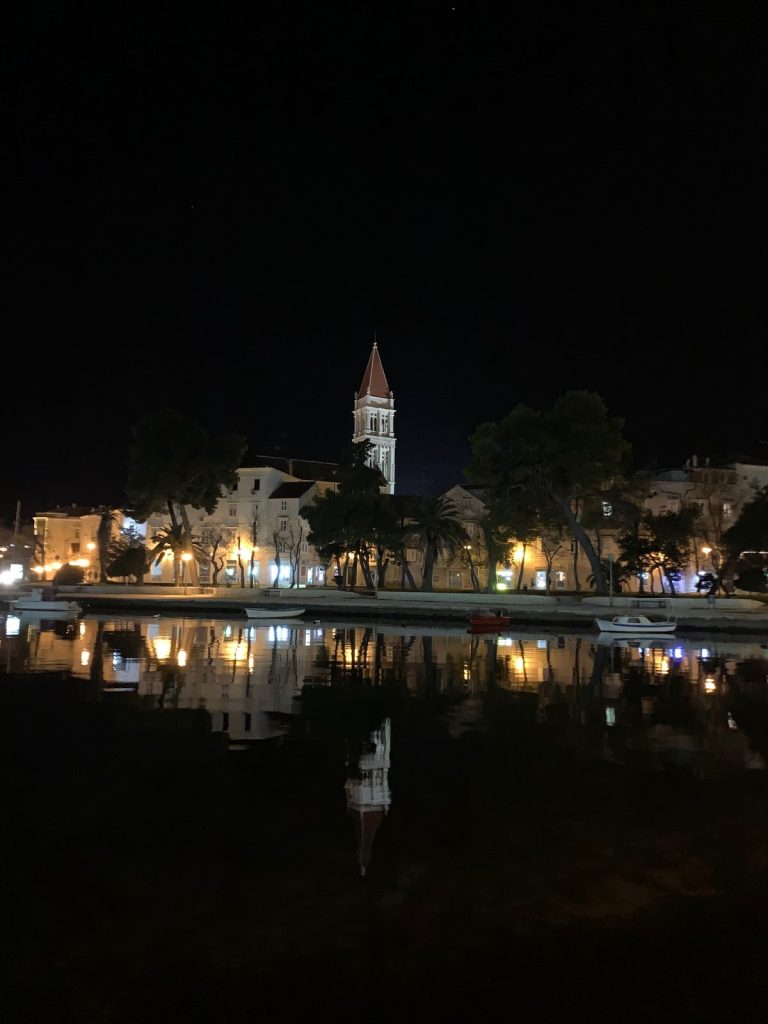
There is something so hauntingly beautiful about a empty seaside town during the winter season. Many small towns along the Adriatic coastline are practically empty, stripped of all visitors and activities. While it’s probably the best to see these places in the bustling summer season, I really do like to see them empty and lonely. The streets of the Old Town of Trogir seem wider and bigger, the old buildings seem to speak up and tell their stories.
Trogir has 2300 years of continuous urban tradition. The culture was created under the influence of the ancient Greeks, and then the Romans, and Venetians. For a small city it has a high concentration of palaces, churches, and towers, as well as a fortress on the small island, and in 1997 was inscribed in the UNESCO World Heritage List.
“The orthogonal street plan of this island settlement dates back to the Hellenistic period and it was embellished by successive rulers with many fine public and domestic buildings and fortifications. Its beautiful Romanesque churches are complemented by the outstanding Renaissance and Baroque buildings from the Venetian period”, says the UNESCO report.
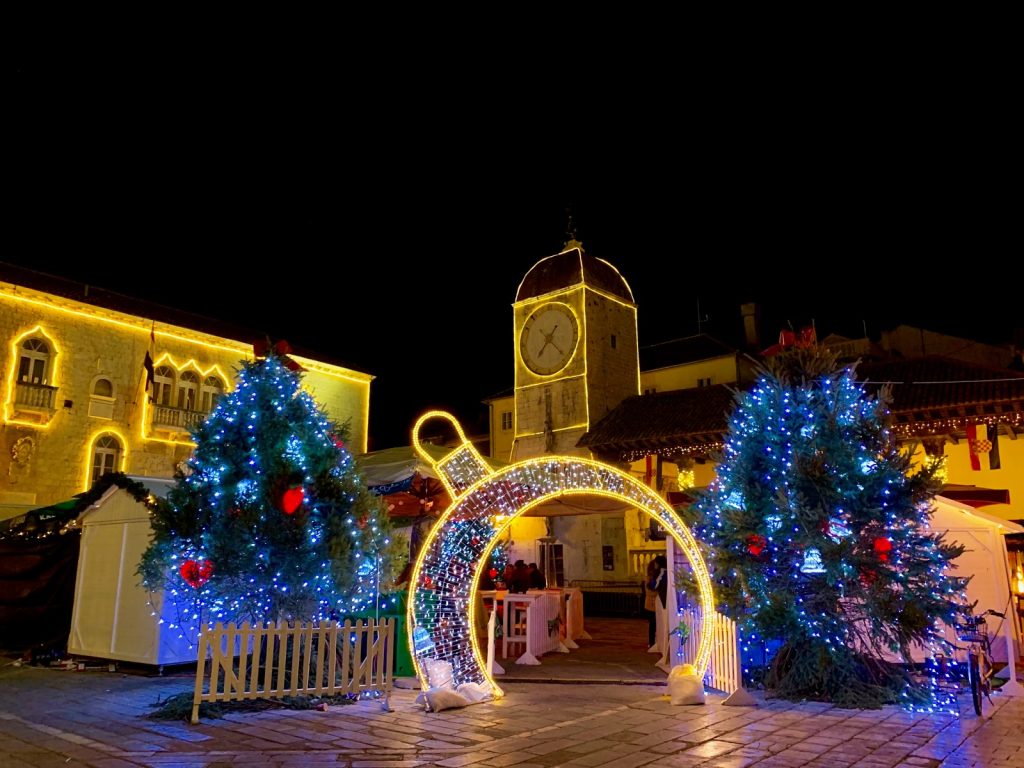
During my visit a small Christmas market inside the old town walls was still up and it was the only place where some local life remained. I loved the lonely streets contrasted with the colorful market inside these old walls. I can only imagine the crowds in the summer, but now you pretty much have the whole town to yourself. Very calming.
